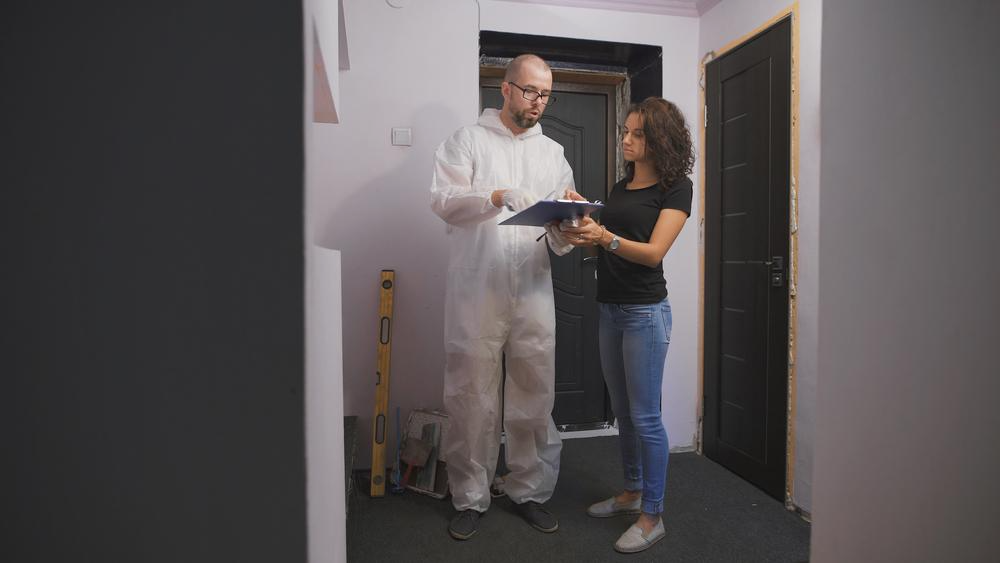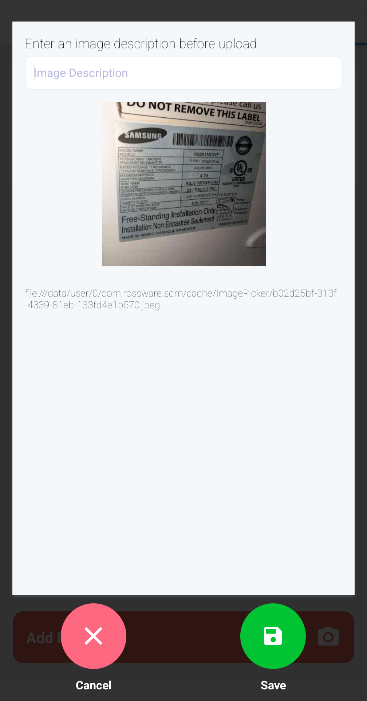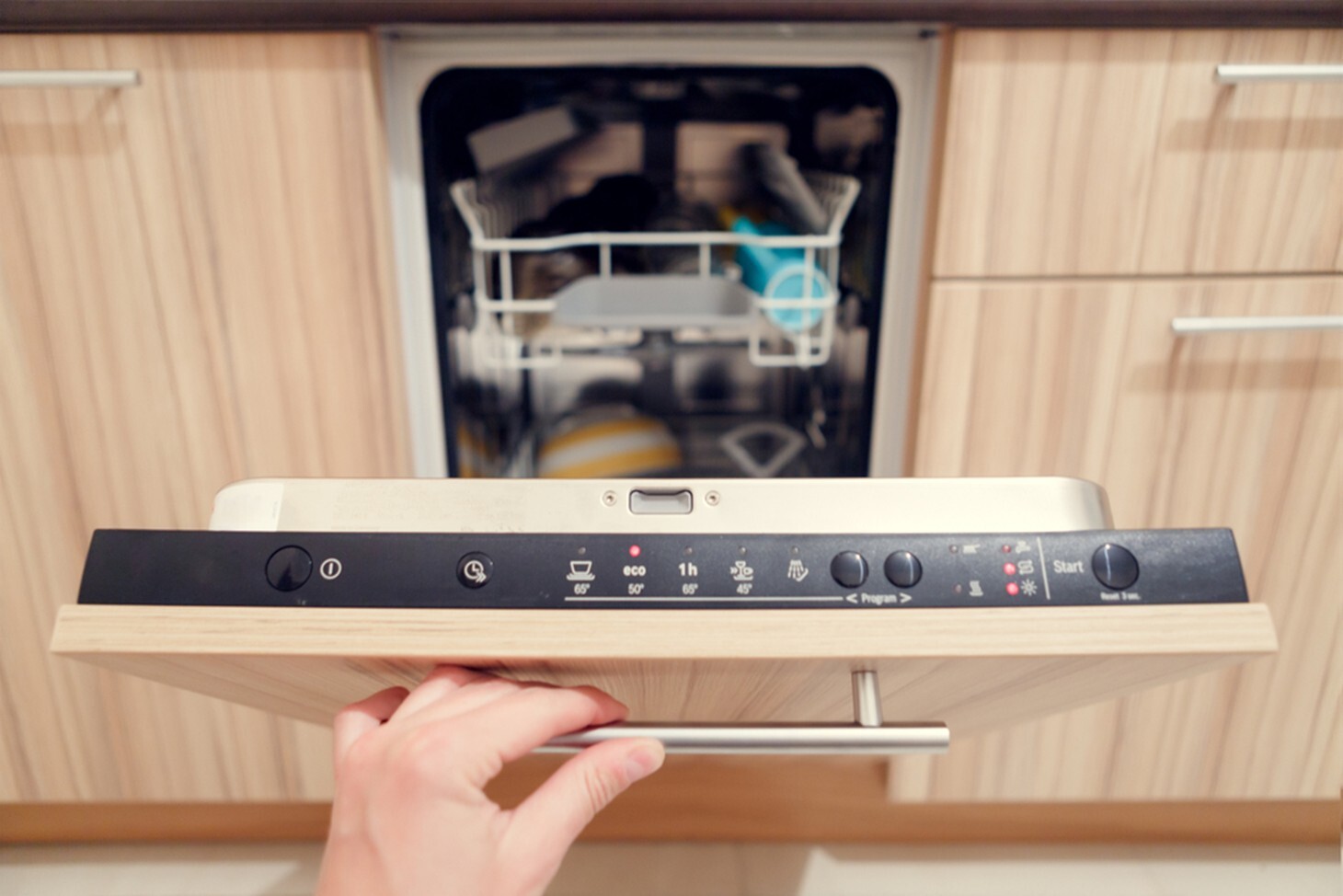Every appliance repair business owner knows the value of thorough documentation. Yet despite understanding its importance, many struggle to make before-and-after photography a consistent practice among their teams. The gap between knowing what to do and actually doing it consistently represents one of the most common operational challenges in the industry.
The Real Barriers to Documentation
The obstacles to consistent documentation are more complex than simple forgetfulness. Time pressure creates the most significant barrier – when running behind schedule and facing an impatient customer, stopping to photograph a malfunctioning appliance can feel like an unnecessary delay. Technicians often get absorbed in the diagnostic process, moving quickly from problem identification to solution without pausing to document the initial condition.
Customer dynamics add another layer of complexity. Many techs feel awkward pulling out their phones in someone’s home, especially when dealing with appliances in personal spaces. There’s an unspoken concern about appearing unprofessional or making customers uncomfortable with the documentation process.
Storage and organization present ongoing challenges. Without a systematic approach, photos end up scattered across personal devices, making them difficult to locate when needed weeks or months later. Some businesses resort to email chains or shared folders that quickly become unwieldy or unreliable.
The biggest hurdle is getting technicians buy-in. Many experienced techs may view documentation as administrative busy work rather than a valuable part of the repair process. They’ve managed without detailed photo records for years and question whether the extra steps justify the time investment.
Making Documentation Effortless
The key to successful implementation lies in making the process so simple and integrated that it becomes second nature. Documentation should feel like a natural extension of the diagnostic process, not an additional burden.
Start by building photo documentation directly into your standard diagnostic checklist. Just as checking power supply and testing components are non-negotiable, photographing initial conditions should become equally automatic. Train technicians to capture images at exact stages of specific processes.
Create standardized templates for common repair scenarios. A washing machine repair might include photos of error codes, water levels, buildup and component conditions. Having predetermined photo lists removes guesswork and ensures consistency across your team.
Effective Customer Communication

The key to customer comfort lies in framing documentation as a quality assurance measure rather than a protective action. Instead of explaining that taking photos is for insurance purposes, explain that the photos are to “document the current condition to ensure we capture the full scope of what needs attention.”
Photographic documentation can also be used as an educational opportunity. Show customers the problem areas while explaining what you’re photographing. This transparency builds trust and helps customers understand the value they are receiving. Many customers appreciate the knowledge that their repair is receiving the attention to detail they deserve.
Position the process professionally by explaining it as a standard procedure. “As part of our quality assurance process, I’ll be taking some photos to document the repair” sounds much more positive than apologetic explanations about “needing pictures for our records.”
Technology Solutions That Actually Work
Modern field service software has revolutionized photographic documentation capabilities. Rossware’s ServiceDesk and SD-Mobile includes modules that allow technicians to quickly upload photos, videos, and files directly into job records. This seamless integration eliminates the storage and organization challenges that have traditionally hindered consistent documentation.

In particular, the SD-Mobile application enables real-time uploads, ensuring photos are immediately associated with the correct job and customer record. Technicians can capture images, add brief voice-to-text captions, and have everything automatically synchronized with the office system before they even leave the customer’s location.
Additionally, video capabilities prove particularly valuable for complex repairs or when demonstrating functionality issues to customers. Short videos can capture operational problems that static photos cannot adequately convey, providing clearer context for warranty claims or follow-up services.
The ROI Beyond Protection
While protecting against liability and warranty disputes provides obvious value, comprehensive documentation offers benefits that extend far beyond risk management. Detailed photo records become invaluable training materials for new technicians, allowing them to see various appliance conditions and repair scenarios without waiting for on-the-job exposure.
Consistent documentation improves diagnostic accuracy over time. Technicians develop better pattern recognition by reviewing photo records of similar issues, leading to faster problem identification and more effective solutions. This learning curve benefits both individual techs and the broader team knowledge base.
Marketing opportunities emerge naturally from quality documentation. Before-and-after photos provide powerful social media content that demonstrates your team’s capabilities and attention to detail. These authentic examples prove more compelling than generic stock photos or abstract service descriptions.
Building the Habit

Successful documentation implementation requires consistent reinforcement and recognition. Celebrate technicians who excel at documentation, sharing examples of how their thorough records prevented callbacks or resolved disputes. Make documentation quality a regular topic in team meetings, highlighting specific instances where good records made a difference.
Consider implementing documentation requirements gradually, starting with specific repair types or high-value jobs before expanding to universal application. This approach allows teams to develop comfort with the process without feeling overwhelmed by sudden changes to established routines.
The transition from knowing documentation’s importance to implementing it requires addressing real barriers with practical solutions. When supported by user-friendly technology, like Rossware’s ServiceDesk, before-and-after documentation becomes a competitive advantage that protects your business while improving service quality and customer satisfaction.




